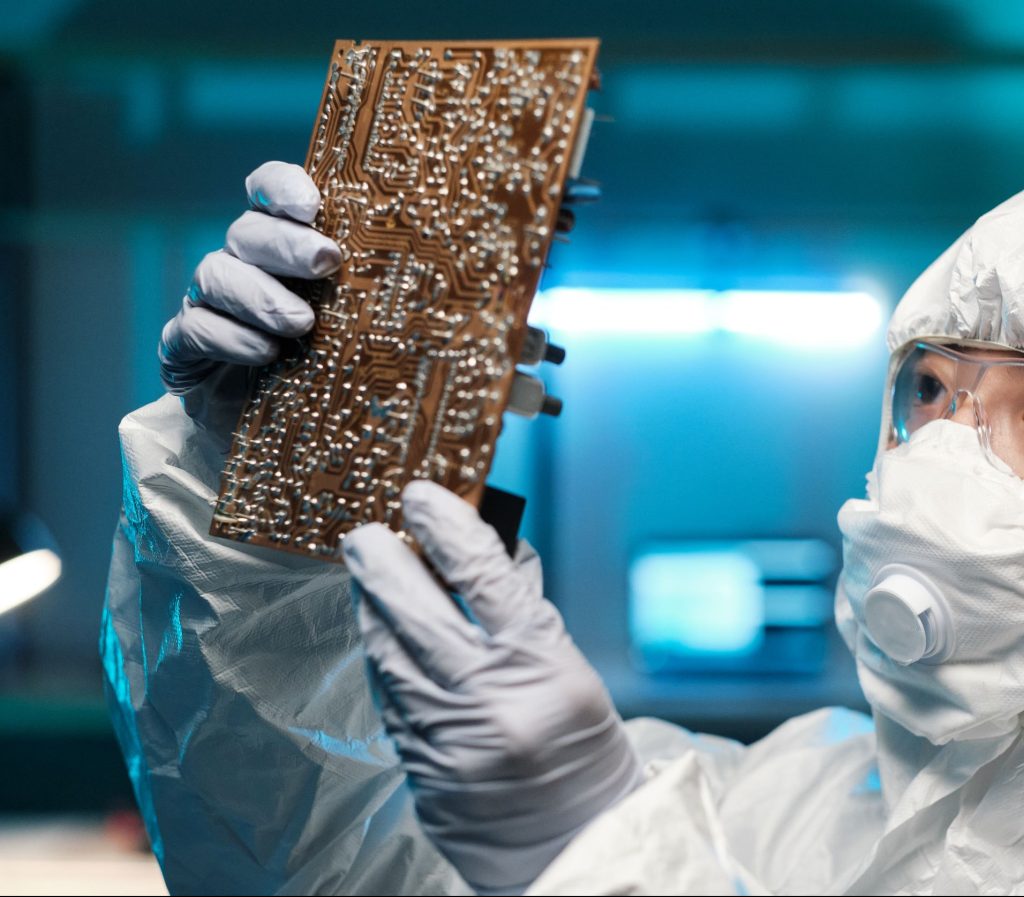Towards a safe circular economy
Successes, opportunities and challenges
For a healthy, sustainable, and safe living environment, resources are crucial. In a circular economy, today’s products become the resources for the future. Reusing products and recycling materials saves (new) resources and reduces CO2 impact. The flip side is that concerning substances persist in the loop, and new ways of exposure may arise. Examples of such concerning substances include flame retardants, dyes, or plasticizers.
A circular solution is not automatically safe for humans and the environment. Therefore, it is essential to have visibility into the substances present in a (circular) economy. While we aim to recycle materials as much as possible, we do not want concerning substances to remain in circulation.
The best way to gain control over this is by manufacturing products without concerning substances, making them safe resources in the future. Additionally, we must handle the risks of already present substances safely. This report outlines concrete steps that can be taken to achieve these goals.
Andere relevante publicaties
Re-use of soundbars
How feasible is it to give soundbars a second life? Commissioned by Stichting OPEN, Second Use investigated the re-use potential of four soundbar models, revealing insights into repairability, consumer interest, and key barriers.
Re-use van soundbars
Hoe haalbaar is het om soundbars een tweede leven te geven? In opdracht van Stichting OPEN onderzocht Second Use de potentie van re-use bij vier modellen soundbars – met inzichten over reparatiemogelijkheden, consumentengedrag en belemmeringen.
Re-use of cordless vacuum cleaners
The re-use of cordless vacuum cleaners presents interesting opportunities, but battery replacement costs pose a significant challenge. This study, conducted by Second Use on behalf of Stichting OPEN, examines the feasibility of refurbishment and identifies key improvements to extend the lifespan of these appliances.


